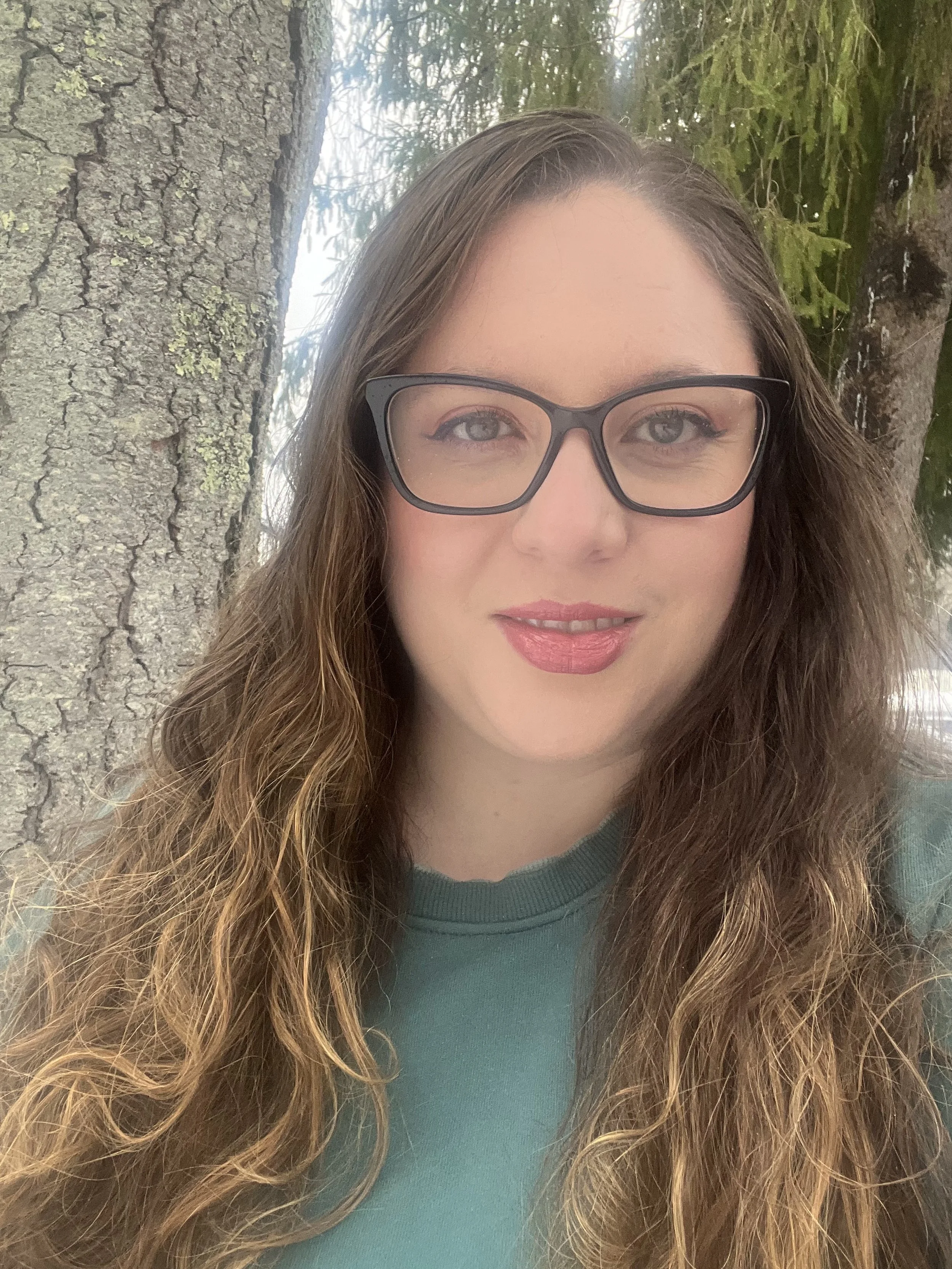"PTSD Is More Common Than You Think—And Healing Is Possible"
When most people hear “PTSD,” they think of combat veterans or dramatic, life-threatening events.
But Post-Traumatic Stress Disorder can stem from many different kinds of trauma—often invisible, ongoing, or dismissed.
If you’ve ever felt like something “small” affected you in a big way…
If your nervous system still reacts to things you know are safe…
If you feel tired but wired, numb but overwhelmed…
You’re not alone—and you might be living with PTSD.
What Is PTSD?
PTSD stands for Post-Traumatic Stress Disorder, a mental health condition that can develop after any experience the brain interprets as deeply threatening—physically, emotionally, or psychologically.
This might include:
Childhood abuse or neglect
Medical trauma
Domestic violence or emotional abuse
Loss, abandonment, or betrayal
Natural disasters or accidents
Witnessing harm to others
Trauma isn’t about how “bad” the event was—it’s about how your mind and body responded to it.
Common PTSD Symptoms
PTSD can look different in everyone. Some people feel constantly on edge. Others go numb. Some relive the trauma in nightmares or flashbacks, while others experience physical symptoms like headaches or stomach issues.
Common signs include:
Intrusive memories or nightmares
Avoiding people, places, or emotions
Trouble sleeping or concentrating
Irritability or emotional outbursts
Feeling disconnected from your body or others
Hypervigilance (always “on alert”)
Feeling shame, guilt, or hopelessness
If any of this sounds familiar, it’s not your fault—and you’re not “too sensitive.” These are survival responses your brain and body developed to protect you.
Complex PTSD: When the Trauma Was Repeated
Complex PTSD (C-PTSD) can develop after long-term or repeated trauma—especially when it occurred in childhood or in relationships. It’s often tied to emotional neglect, instability, or control.
C-PTSD may involve:
Persistent self-doubt or shame
Difficulty with trust and emotional intimacy
Emotional flashbacks (sudden overwhelming feelings without visual memories)
Feeling like something’s always “wrong” with you
Patterns of self-abandonment or over-functioning
It’s very real. And very treatable.
What Healing Can Look Like
Healing from PTSD is not about erasing memories. It’s about helping your nervous system feel safe again.
Treatment may involve:
Medication to regulate mood, sleep, or anxiety
Therapy (especially trauma-informed or EMDR)
Nervous system support through grounding, mindfulness, and self-regulation
Gentle, consistent care that meets you where you are
At Rooted in Serenity, we offer trauma-informed psychiatric medication management—without rushing, pathologizing, or minimizing your story.
You Are Not Broken
You survived something your body wasn’t meant to carry alone.
You’re not “too much.”
You’re not making it up.
And you don’t have to keep pushing through silently.
PTSD is common. So is healing.
We’d be honored to walk with you.
Reach out today to get started.
👉 Start Healing ✨
🪴 Services
❓ FAQ
🌿 Tannia Salazar, APRN, is the founder of Rooted in Serenity Behavioral Health LLC, offering telepsychiatry services across Connecticut for adults navigating anxiety, ADHD, trauma, and more.

